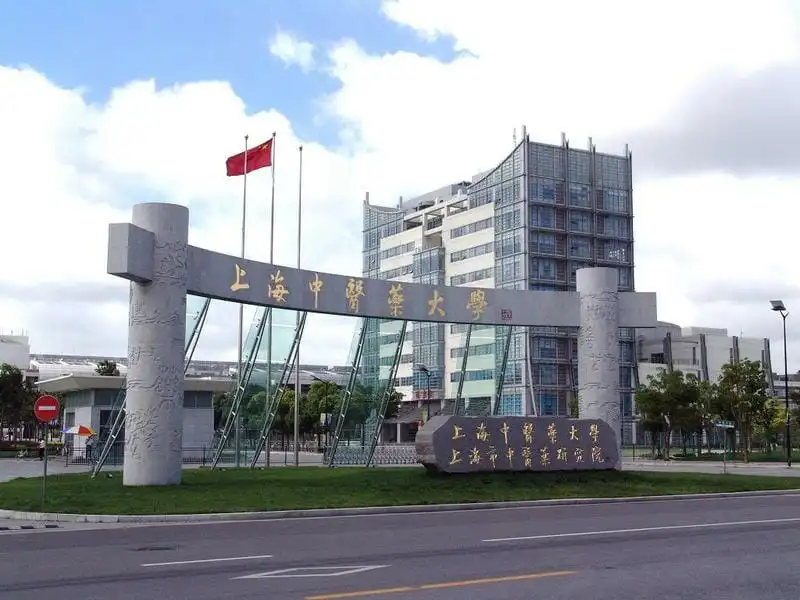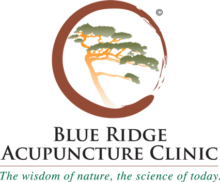The Shanghai University of Traditional Chinese Medicine
The Shanghai University of Traditional Chinese Medicine moves to high tech Pudong:
The upcoming move this summer 2003 of The Shanghai University of TCM to the high tech Zhangjiang district in Pudong, one of two high tech areas in China, is going to forever alter the face of Chinese medicine here in China and change the way TCM is delivered to the rest of the world. The University claims to be the oldest in China. Before it first opened in 1916, one learned the art of Chinese medicine as an apprentice in a largely oral tradition typically within one’s own family.
With the founding of the University, attempts were made to standardize the medical knowledge to facilitate teaching and scholarly research. Political turbulence and economic instability instigated many subsequent altercations and divisions. Then the University was closed down in the 1940s when legislation banned the practice of Chinese medicine, favoring the newly arrived “western medicine”.

In 1956, it was resurrected along with three other Universities of Chinese Medicine created by order of the then Premier of the Communist Party and approved by Chairman Mao who deeply valued traditional Chinese culture and knowledge. Thus, what we know as Traditional Chinese Medicine or TCM was born, that unique amalgam of ancient observations, perceived and synthesized through increasingly westernized minds. And just as some celebrated the integration of western and Chinese medicine as an attempt to unify the best of two very disparate approaches to knowledge others lamented the loss of the classical understandings in a whirlwind of modernization.
And so it is that the new move to an area dubbed “medicine valley” after “Silicon Valley” because of it’s concentration of biotech and pharmaceutical firms, both Chinese and foreign, becomes historically significant and symbolic. Indeed the government is investing 10 billion RMB in the venture. The University hopes to figure prominently grounded in both production and research.
Also significant is the founding of the Murad Center for Modernized Chinese Medicine. Practitioners might remember Ferid Murad MD, the inventor of Viagra, for winning the Nobel Prize in physiology in 1998. The University is interested in his research on the affects of nitric oxide on the life cycle, from reproduction to cardiological functioning, and hopes to mine the materia medica for valuable drugs. When he came to China in 1999, he visited the University and was intrigued by the many research institutions and with the progression of the pharmacological knowledge of Chinese herbs. Over the next few years a collaboration was born culminating in the Murad Center which will utilize Murad’s laboratory techniques, procedures, methods and screening protocols to analyze Chinese herbs for pharmacologically significant components. Apparently, a mutually agreeable contract has been negotiated as the Chinese have become more acutely aware of intellectual property rights laws in the last decade. The fact that Murad invested none of his own money in the new center, but is lending his name and techniques, reflects the eagerness and the recognition of the economic importance of researching TCM by the Chinese government. Exports of TCM related products and services have risen dramatically in the last decade.
The new campus, ISO certified with pollution standards and teaching management standards, will be a state of the art facility according to the administration; with televisions in each classroom hosting programming from Europe and the United States, upgraded computer systems and internet access, new research facilities, a brand new 4 billion RMB Shuguang hospital with the latest medical technology, and improved living quarters for resident students and students from abroad. The new campus will be a full six times larger than the current grounds.
Overseas students are a rapidly growing portion of University business. Up 32% from 2001, 938 foreign students studied Chinese medicine in the various short term programs in 2002 and the numbers are expected to climb. Activities for foreigners are overseen by the International College, a branch of the University including short term and long term programs. Of the short term students, Japan sends the majority, with France second, Germany third and the United States lower down the list. There are approximately 4000 undergraduate students, 300 of which are foreigners, with around 20 foreigners enrolled in the postgraduate programs. Typically, Korean students comprise the majority followed closely by Japan, other South East Asian countries with Europe and the United States far down the list. Long term students participate in one of the three degree programs offered by the University, the bachelors, the masters, or the doctorate.
Unlike in the United States, once graduated from the five year program with the bachelors degree, one can practice in hospitals and earns the title doctor. While some of the short courses of study are tailored for experienced student groups and include clinical observation in either acupuncture or herbal medicine, there are also courses for the complete novice, like the three month basic acupuncture course. Health providers from many professions, including chiropractors, medical doctors, and osteopaths come to participate in the three month advanced acupuncture course, which assumes some requisite knowledge and includes both didactic and clinical training.
In addition to a large student base, the University is united with The Shanghai Academy of Traditional Chinese Medicine which boasts over twelve research institutes in many fields from geriatrics, acupuncture and meridians, liver diseases, and bone diseases, to medical classics. Each year the Academy wins around 300 research bids granted by the government organization, The National Foundation of National Science. The Qigong Institute is the largest in China. The Chinese Herbal Medicine Research Institute is one of the top ten in Shanghai, studying biotechnology and the influence of herbs on gene expression, pharmacology and biochemistry.
Each institute is using a combined approach utilizing modern technology with traditional diagnostics in novel ways. The Acupuncture Research Institute is mostly engaged in basic research on the nature of the meridians, the mechanisms of acupuncture, immunological affects, and acupuncture anesthesia. Clinical studies with acupuncture are also underway in Shanghai and internationally. A Scientific collaboration with UNM Medical School in Germany is studying the affects of acupuncture on the reproductive system. Another collaboration exists with the Second Medical College of Rome, studying acupuncture regulation after tumor resection, and the effects of acupuncture on immune diseases. The University also has its own publishing company, making it unique among medical schools in China. Three research journals are published here, one of which, Shanghai Acupuncture, has abstracts and articles in English.
Overall, though Chinese herbal medicine is the modality favored for various economic and other reasons, the University is striving to maintain its roots while advancing technologically. At best we could see the continued accrual of valid scientific research in the various fields of Chinese medicine combined with rigorous investigation into the classics and into the epistemology of those who wrote them. Paradoxically, as interest in the modernization of Chinese medicine mounts in the motherland, intrigue with the classical foundations of the science mounts on foreign soil, notably in the work of the late Dr. Nguyen Van Nghi and Dr. Viet Tzung Tran, both French-Vietnamese. Telling indeed will be whether the statues of the ancient masters that grace the current university are resurrected on the new high tech campus or whether they will, for now, fall into quaint reverie of the way Chinese medicine used to be.
@ James Whittle M.S. L.Ac. All rights reserved.
Email: james@blueridgeclinic.com
Call: 828-254-4405 for a Free Consultation
